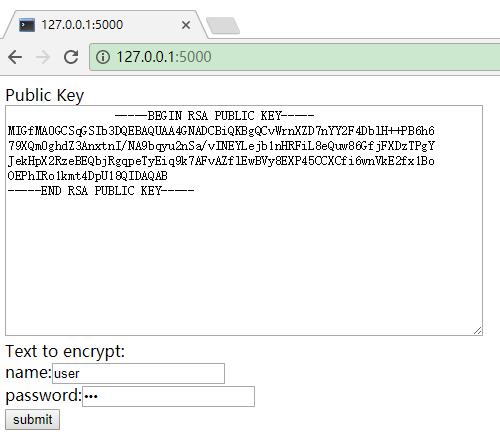python实现随机漫步算法
本文实例为大家分享了python实现随机漫步的具体代码,供大家参考,具体内容如下
编写randomwalk类
from random import choice
class randomwalk():
def __init__(self,num_points=5000):
self.num_points=num_points
self.x_values=[0]
self.y_values=[0]
def fill_walk(self):
while len(self.x_values)<self.num_points:
x_direction=choice([1,-1])
x_distance=choice([0,1,2,3,4,5])
x_step=x_direction*x_distance
y_direction=choice([1,-1])
y_distance=choice([0,1,2,3,4,5])
y_step=y_direction*y_distance
if x_step==0 and y_step==0:
continue
self.x_values.append(self.x_values[-1]+x_step)
self.y_values.append(self.y_values[-1]+y_step)
choice([1,-1])*步数巧妙的完成了随机方向,x轴随机加y轴随机使得4个方向的随机漫步得以完成
显示随机漫步点
import matplotlib.pyplot as plt
from random_walk import randomwalk
while True:
rw=randomwalk()
rw.fill_walk()
plt.figure(figsize=(15,8))
point_numbers=list(range(rw.num_points))
plt.scatter(rw.x_values,rw.y_values,s=1,c=point_numbers,
edgecolor='none',cmap=plt.cm.Blues)
plt.scatter(rw.x_values[0],rw.y_values[0],s=50,edgecolor='none',
c='green')
plt.scatter(rw.x_values[-1],rw.y_values[-1],s=50,edgecolor='none',
c='green')
plt.show()
a=input("do you want to walk again?(y/n)")
if a=='n':
break
以上就是本文的全部内容,希望对大家的学习有所帮助,也希望大家多多支持【听图阁-专注于Python设计】。

